ED 300: Windows 2016 Server DataCenter Cloud Machine (15 pts)
What you need
- Any computer with a Web browser.
- A Google Cloud Account (see ED200 for instructions to setup)
- Microsoft Remote Desktop Client (steps provided to install)
Google Cloud Vouchers
As of January, 2020, you cannot make Windows servers
for free on the Google Cloud. However, CCSF students can
get vouchers for $50 worth of cloud service.
Here is the URL you will need to access in order to request a Google Cloud Platform coupon. You will be asked to provide your school email address and name. An email will be sent to you to confirm these details before a coupon is sent to you.
Student Coupon Retrieval Link
You will be asked for a name and email address ending in ccsf.edu
A confirmation email will be sent to you with a coupon code.
You can request a coupon from the URL and redeem it until 5/15/2020.
Coupon valid through: 1/15/2021
You can only request ONE code per unique email address.
Also, you will be required to enable billing to create a Windows server.
I think that means you will have to remember to turn it off before the
free trial runs out.
|
Warning
This server uses a lot of Google resources,
so it burns through your $300 free trial
rapidly. I strongly recommend shutting
this server down when not in use.
|
Task 1: Setting up a fresh Windows Server 2016 Cloud Machine
Sign in to your Google Cloud account at
https://console.cloud.google.com/
In the left sidebar, click "Compute Engine" and then "VM instances".
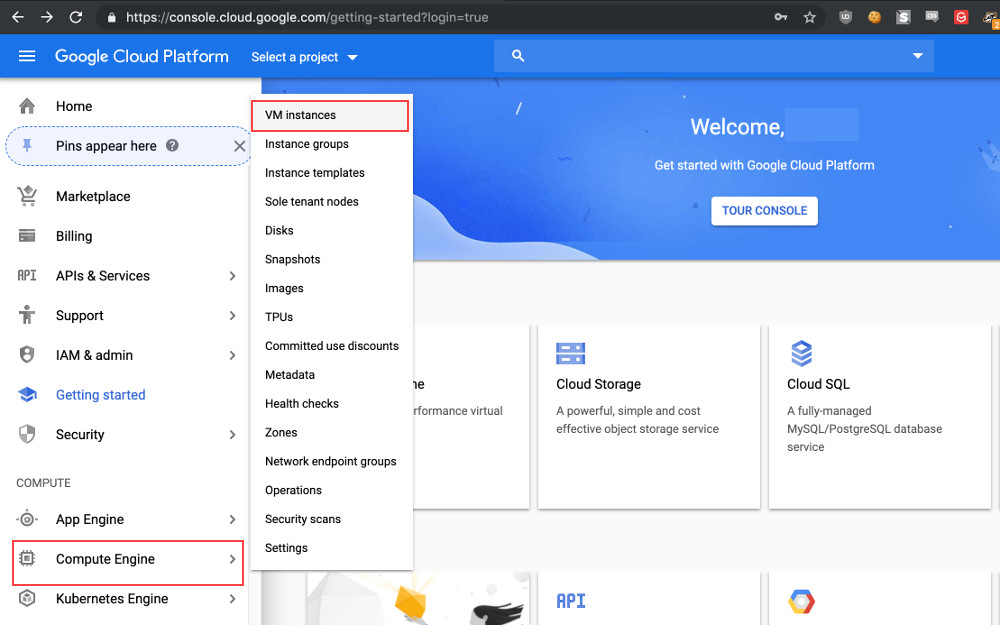
Click "Create Instance"
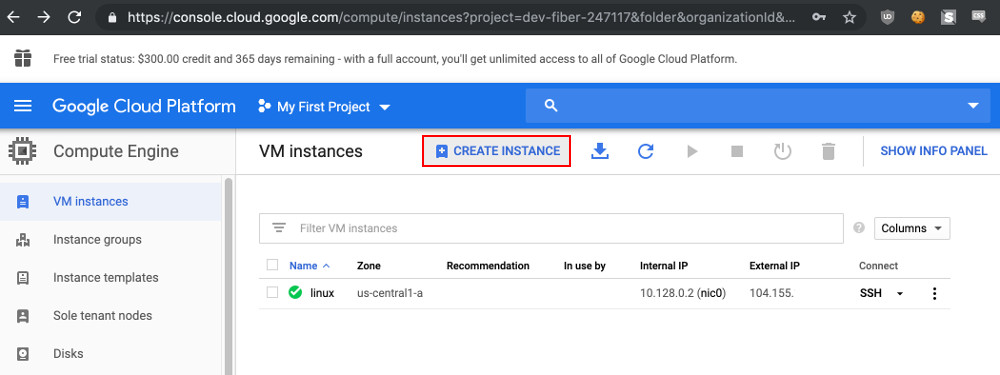
Type in a name of "win16-yourname", replacing yourname with your name, or whatever you want.
In the Machine Type select n1-standard-4 (4 vCPU, 15gb memory)
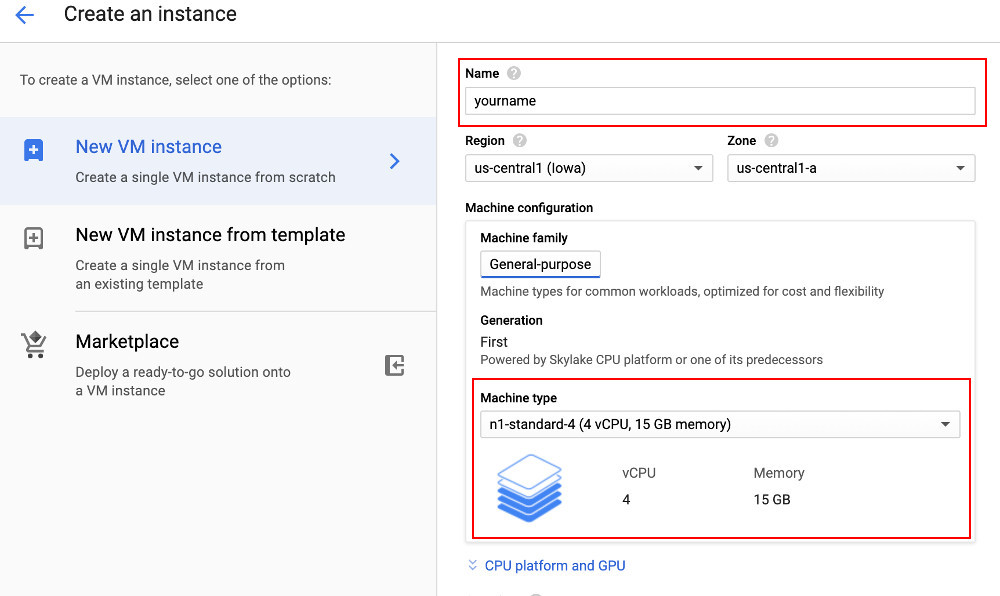
Click "Change" next to "Boot Disk".
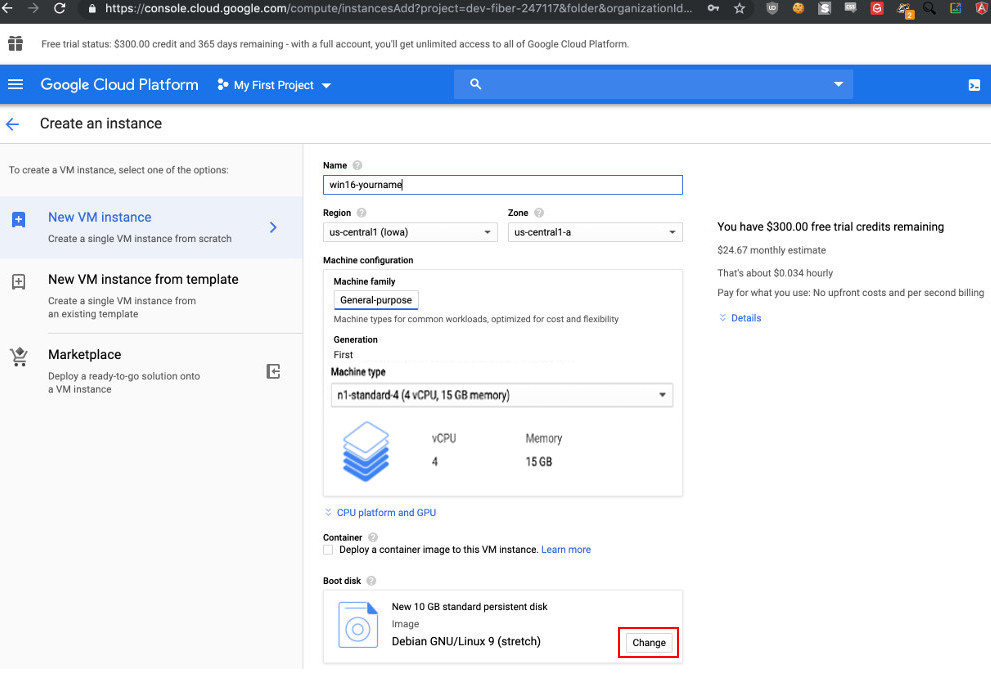
Under "OS Images" scroll to and select:
Windows Server 2016 Datacenter
Server with Desktop Experience, x64 built on 20190709
Built on date may differ.
Change Book disk type to "SSD persistent disk" and "60 gb" of hard disk space.
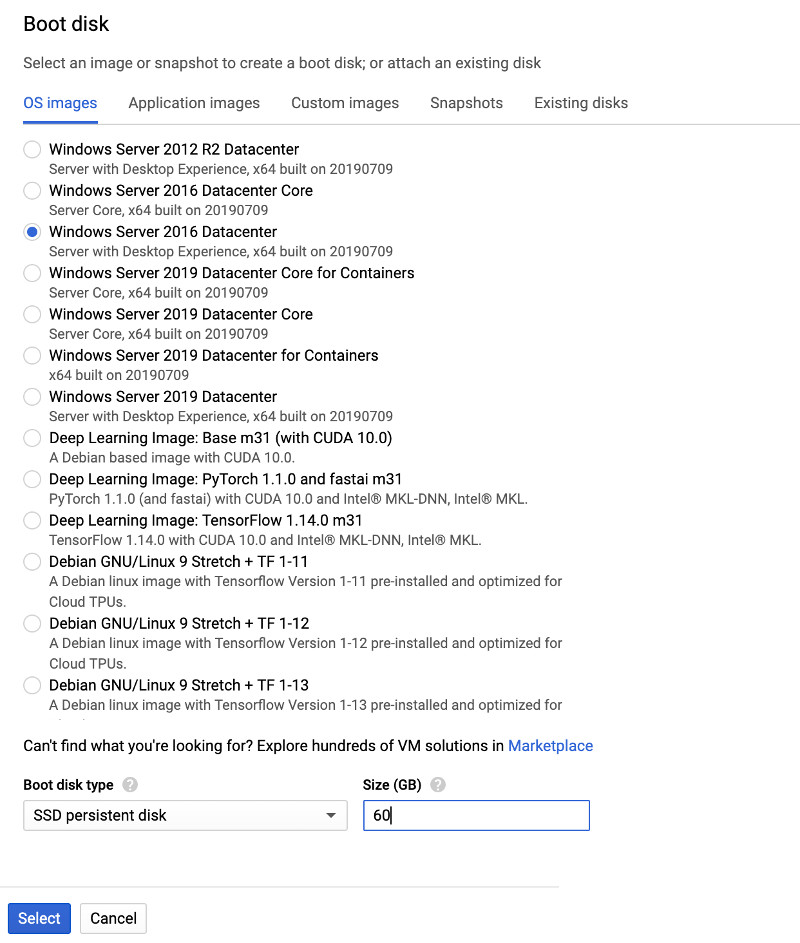
Click "Create"
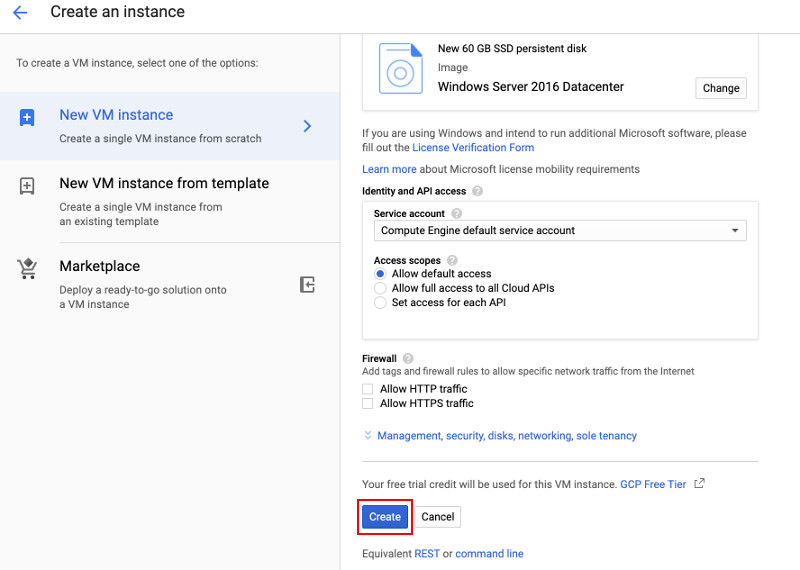
Under your new Windows instance, click "RDP" and click "Set Windows Password"
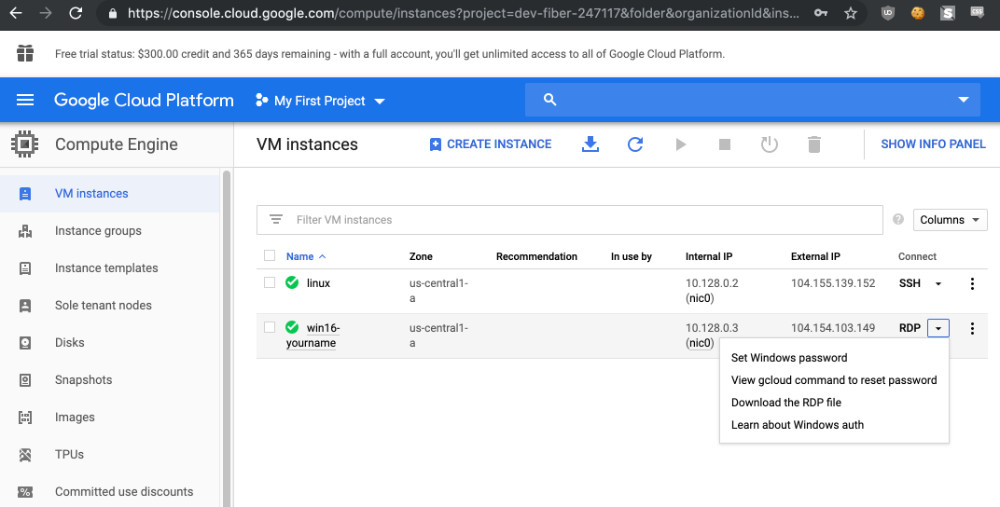
Leave the username to its default setting (probably your Google account name) and then click "SET"
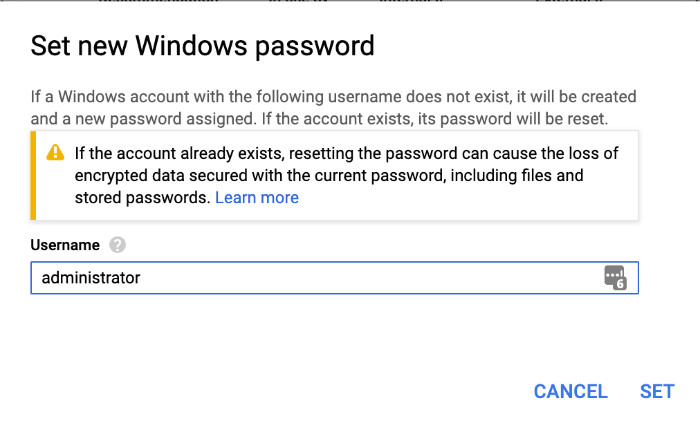
Copy the password for the account and save it in a safe place. Click "Close".
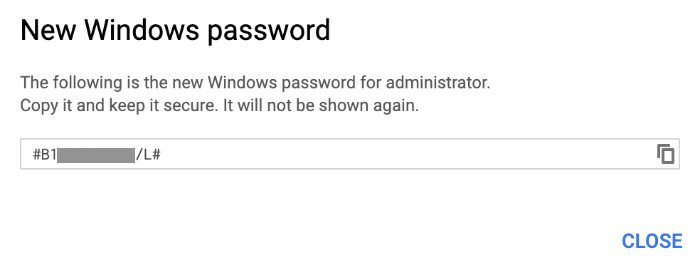
Click "RDP" next to your Windows Instance and "Download the RDP File".
Make a note of where it is saved to (usually /Downloads).
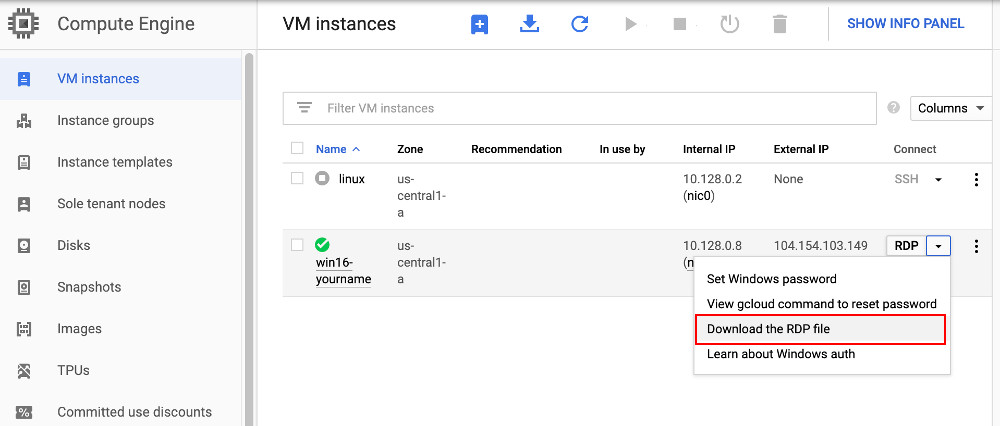
Getting a Remote Desktop Client
For Windows Users:
Use Remote Desktop https://support.microsoft.com/en-us/search?query=remote%20desktop
For MAC users:
Download and install the Microsoft Remote Desktop client.
https://itunes.apple.com/us/app/microsoft-remote-desktop/id1295203466
Choose "Open APP Store" in the popup.
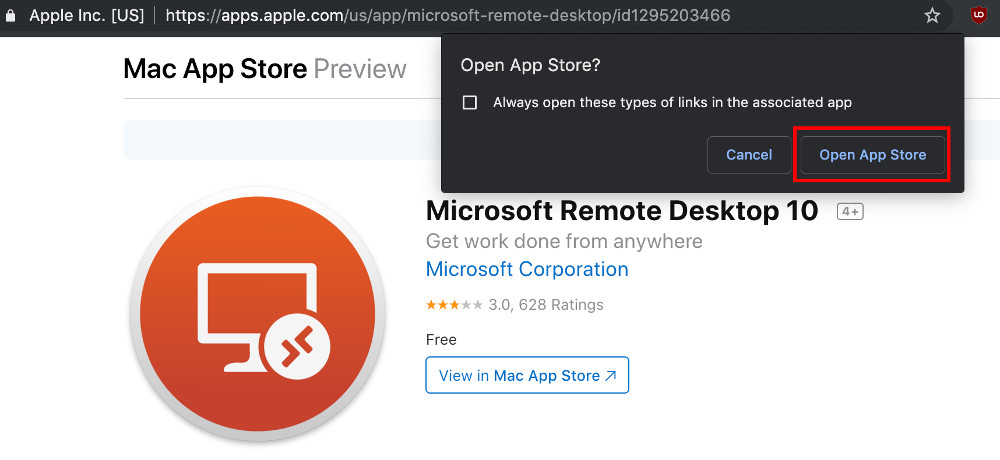
Click "GET" when the App Store loads.
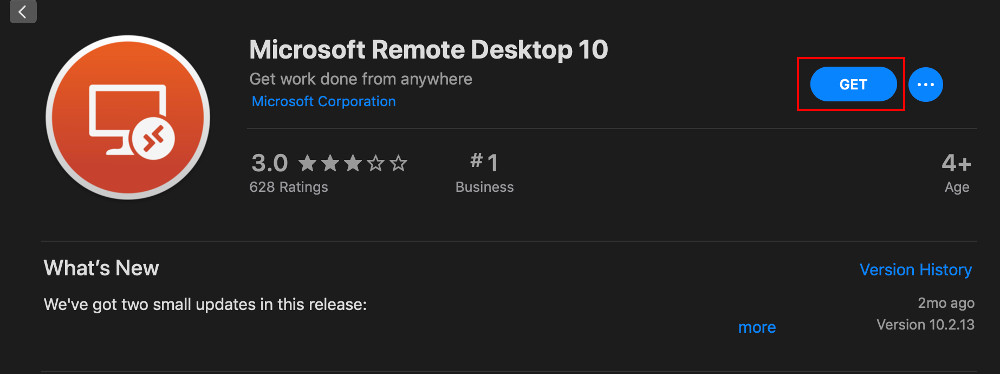
You may have to enter in our Apple iCloud account password
to install Microsoft RDP depending on your security settings.
After getting RDP setup on your Windows or MAC computer,
locate the RDP file you downloaded earlier and open it (double clicking it should load RDP automatically).
If you get the error
"We couldn't connect to the remote PC.
Make sure the PC is turned on and connected to the network,
and that remote access is enabled." the machine could still be setting up.
Click "Continue" if you encounter
"The certificate could not be verified to a root certificate".
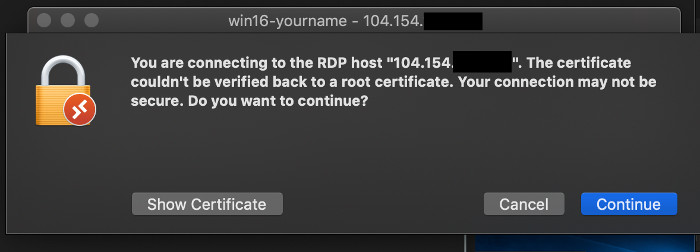
Type in or paste the password that was generated earlier and click "Continue"
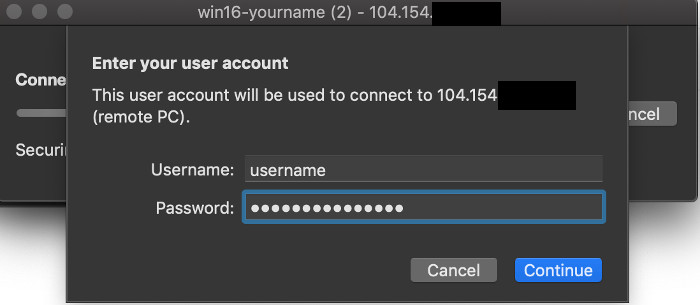
Again, click "Continue" if you encounter
"The certificate could not be verified to a root certificate".

Your Windows RDP connection should load.
Task 2: Lowering Security Settings
If Set Device to discoverable pops up you can ignore this by clicking outside of it.
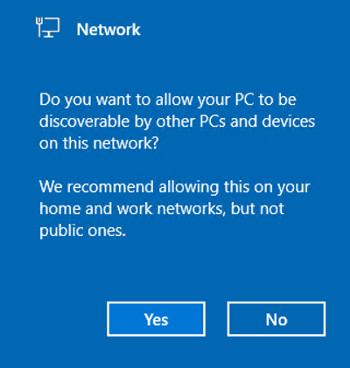
Blocking Automatic Updates -
Updates are important for security, but for this class
we want a vulnerable target machine, so we'll stop them.
On your Windows Server 2016 desktop, in Server Manager, on the top right, click
Tools, "Windows PowerShell", as shown below.
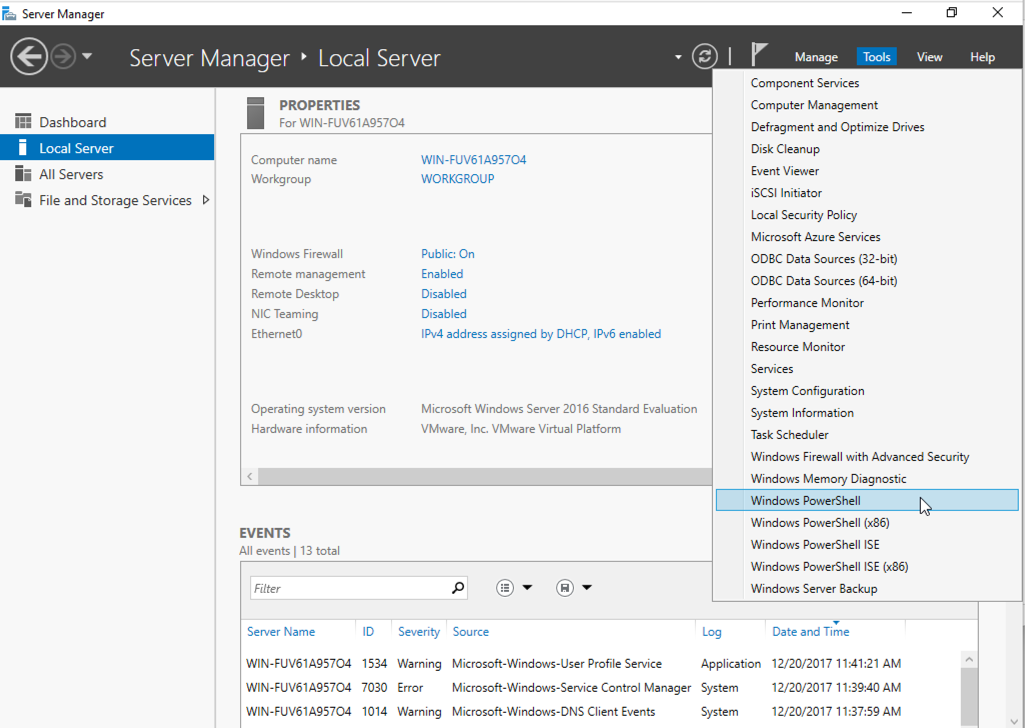
In PowerShell, execute this command:
sconfig
A menu appears, as shown below. Enter these values:
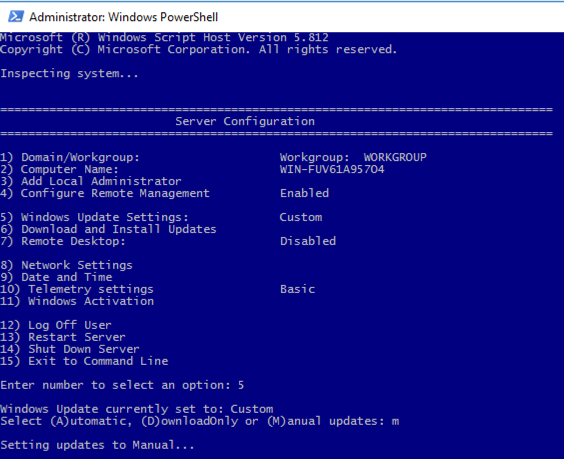
The Command line opens and after a minute or two an "Update Settings" box pops up should pop up.
Click OK
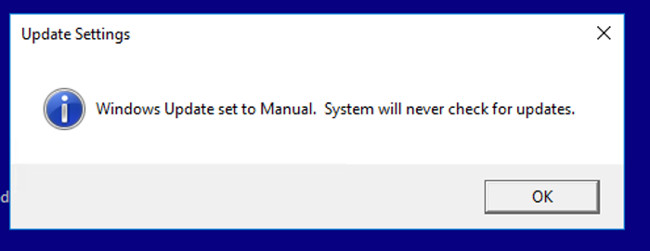
Disabling IE Enhanced Security Configuration
This setting prevents you from downloading software
directly on the server, which is a poor practice.
We want to allow that, so do these steps:
In Server Manager,
on the left side, click
"Local Server".
On right side,
find "IE Enhanced Security Configuration". Click
the word On next to it,
as shown below.
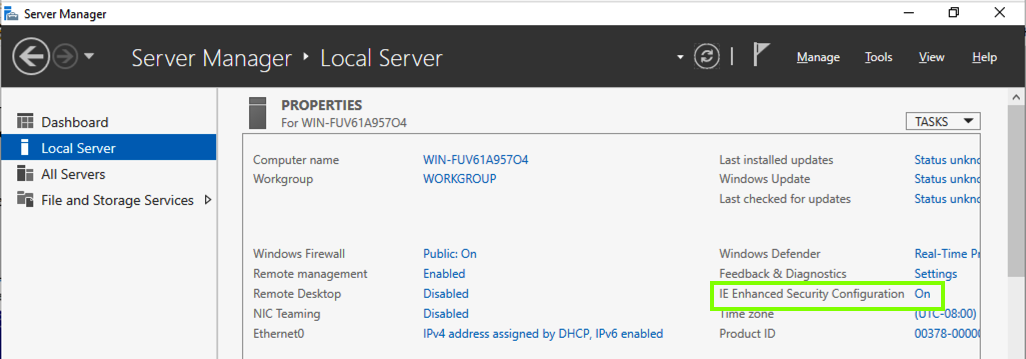
In the "Internet Explorer Enhanced Security Configuration"
box, click both Off buttons,
as shown below.
Click OK.
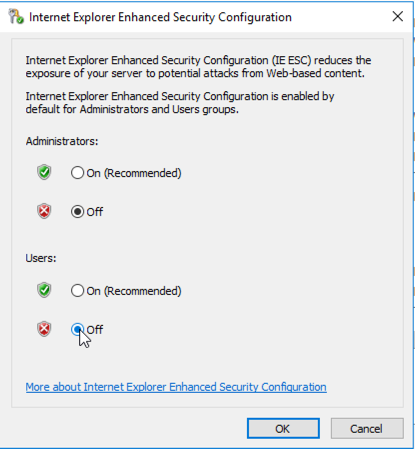
ED 300.1 Recording Your Success (15 pts)
Open the Command prompt by clicking the magnifying glass and typing "cmd".
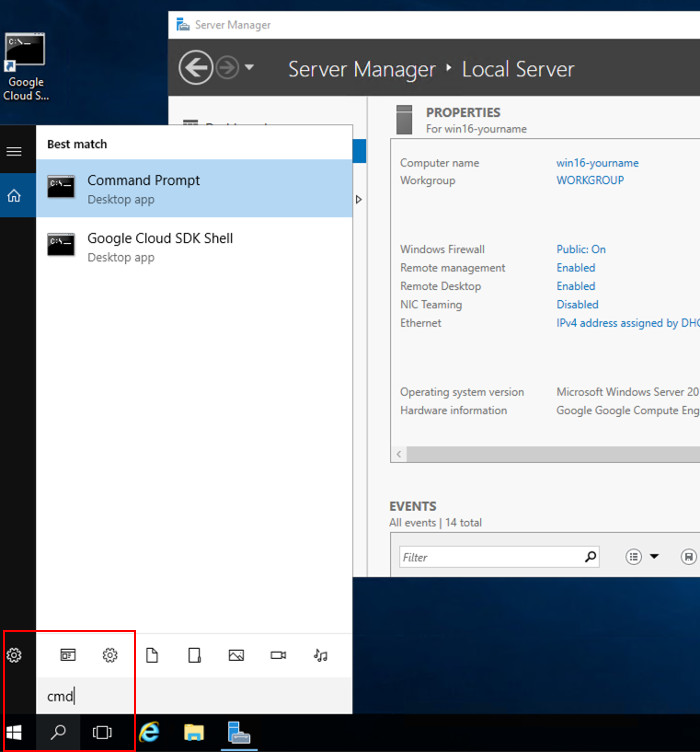
Type in this command and then press the Enter key:
systeminfo
You should see information about your Windows
version,
as shown below. If is taking a while, click enter.
Find the text that is covered
by a gray box in the image below. That's the
flag. You may have to scroll up.
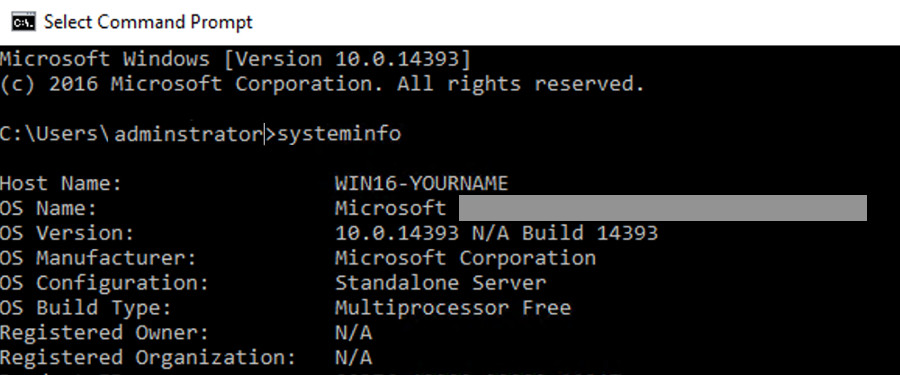
Troubleshooting
Right-Click on a Mac
To right-click in the Windows session
from a Mac, you need to enable
"Secondary click" in Trackpad preferences,
as shown below.
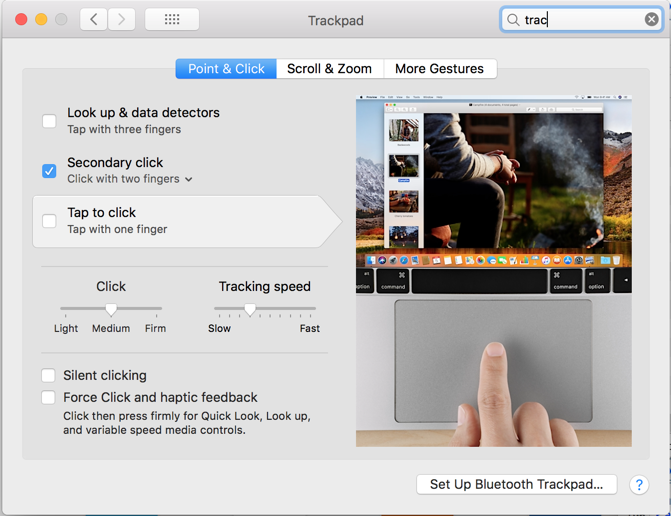
|
Ported to Google Cloud by Travis Knapp-Prasek
Minor edits 8-2-19
Warning about burning through free trial money added 8-19-19
Google Cloud Vouchers box added 1-24-2020
Billing note added 3-14-2020























